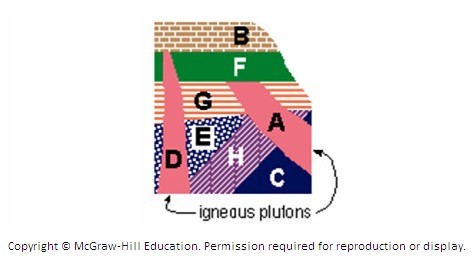Explain the difference between active and passive remote sensing systems, giving an example of each
Passive systems make use of available energy where an image is taken. Active systems emit a form of energy and record its reflected return from a surface. Examples of passive systems include near-infrared and thermal infrared imaging. Examples of active systems include radar, lidar, and sonar.
You might also like to view...
Which occupies the smallest percentage of the electromagnetic spectrum?
A. Visible light. B. Gamma rays. C. Radio waves. D. Microwaves.
Quebec
A) is a French-speaking province of Canada which has failed to gain independence B) has long had an excellent relationship with the English majority in Canada C) is an independent political entity which separated from Canada in 1995 D) tends to be wealthier on average than the rest of English-speaking Canada E) is an English-speaking province of Canada
The size of particles that are usually the first to be set in motion by wind is(are):
a. silt. b. clay. c. sand. d. pebbles. e. boulders
Use the diagram below to answer the questions that follow. Which represents rocks composed of granite and is older than F?
Which represents rocks composed of granite and is older than F?
A. A B. H C. C D. D E. E